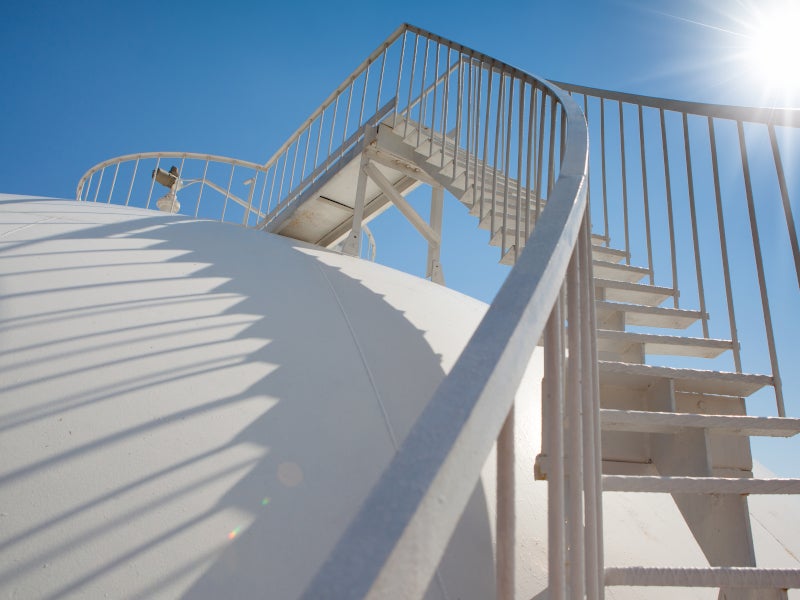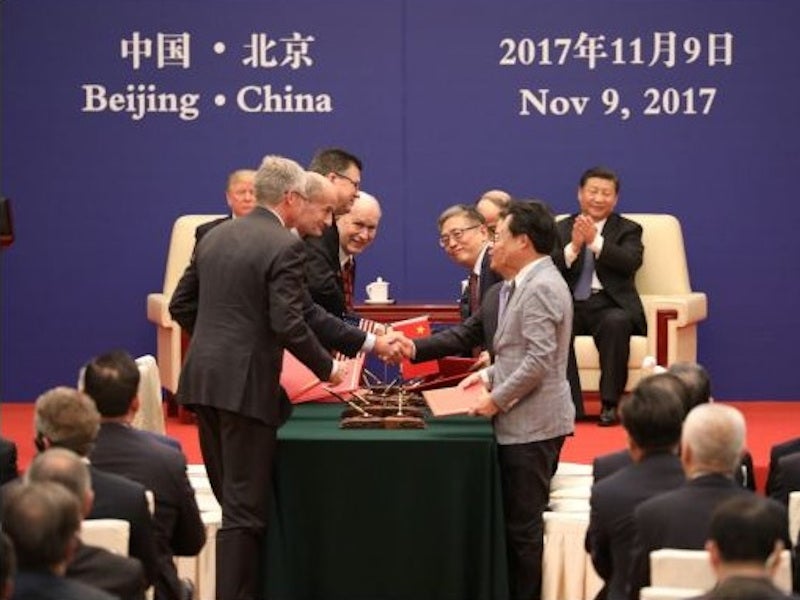The Alaska LNG is an integrated project involving approximately 1,400km of pipelines, a gas treatment plant in Prudhoe Bay, and a 20 million tonnes per annum (MTPA) liquefaction facility at Nikiski, Kenai Peninsula, Alaska, US.
Estimated to cost up to £52bn ($65bn), the massive project is intended to commercialise the natural gas resources of Alaska’s North Slope through new LNG export as well as domestic gas supply infrastructure facilities.
The US Federal Environment Regulatory Commission (FERC) issued the final environmental impact statement (EIS) for the project in March 2020.
Implementing agency
Alaska Gasline Development Corporation (AGDC), an independent, public corporation of the State of Alaska, is responsible for developing the project.
Gas source and pipeline infrastructure
The natural gas for the project will be sourced from the Prudhoe Bay and Point Thomson oil and gas fields on the Alaska’s North Slope.
The natural gas treatment plant of the project will be connected with the Prudhoe Bay production facility through a 1.6km-long and 60in-diametre pipeline, while the pipeline connecting the Point Thomson production facility will be approximately 100km-long and 32in diametre.
The gas treatment plant will supply gas to the LNG plant through a 1,298km-long and 42in-diametre main pipeline with eight compressor stations and a heater station.
It will also provide in-state natural gas distribution through multiple interconnection points.
The pipeline will be capable of transporting up to 3.9 billion cubic feet (bcf) of gas a day.
The Prudhoe Bay field is expected to account for approximately 75% of the natural gas supply, while the remaining 25% will be supplied by the Point Thomson field.
Gas treatment plant
The gas treatment plant to be built on a 200 acre-site in Prudhoe Bay on the North Slope will comprise three process trains with a total average capacity of 3.5bcf a day.
Alaska LNG liquefaction facility
Proposed to be built on a 900acre-site in Nikiski, the Alaska LNG terminal will comprise three liquefaction trains of 6.7Mtpa capacity each, two LNG storage tanks of 240,000m3capacity each, and two marine berths capable of handling 217,000m3 LNG vessels.
The LNG project is expected to use propane precooled mixed refrigerant (C3MR™) liquefaction technology from Air Products.
Alaska LNG project background
AGDC signed a joint-venture agreement with ExxonMobil, BP, ConocoPhillips, and pipeline operator TransCanada (now TC Energy) to develop Alaska LNG project in July 2014.
The preliminary front-end engineering and design (Pre-FEED) work on the project was initiated in 2015.
In May 2015, the project received approval from the US Department of Energy to export LNG from the proposed Alaska LNG terminal in Nikiski to non-free trade agreement countries.
TC Energy sold its stake in the project to AGDC in the same year, while ExxonMobil, BP and Conoco Phillips decided to exit the project after a study conducted by Wood Mackenzie predicted poor competitiveness compared to other projects targeting the North Asian LNG market in 2016.
AGDC struck a non-binding joint-development agreement with China Petrochemical Corporation (Sinopec), Bank of China and China Investment Corporation (CIC) in November 2017.
It also signed a pact with Bank of China and Goldman Sachs to raise funds for Alaska LNG project in April 2018.
BP and ExxonMobil agreed to provide $10m each to AGDC for supporting the FERC related work for the project in July 2019.
In a separate development, BP agreed to sell its entire business in Alaska to Houston-based Hilcorp Energy in August 2019.





